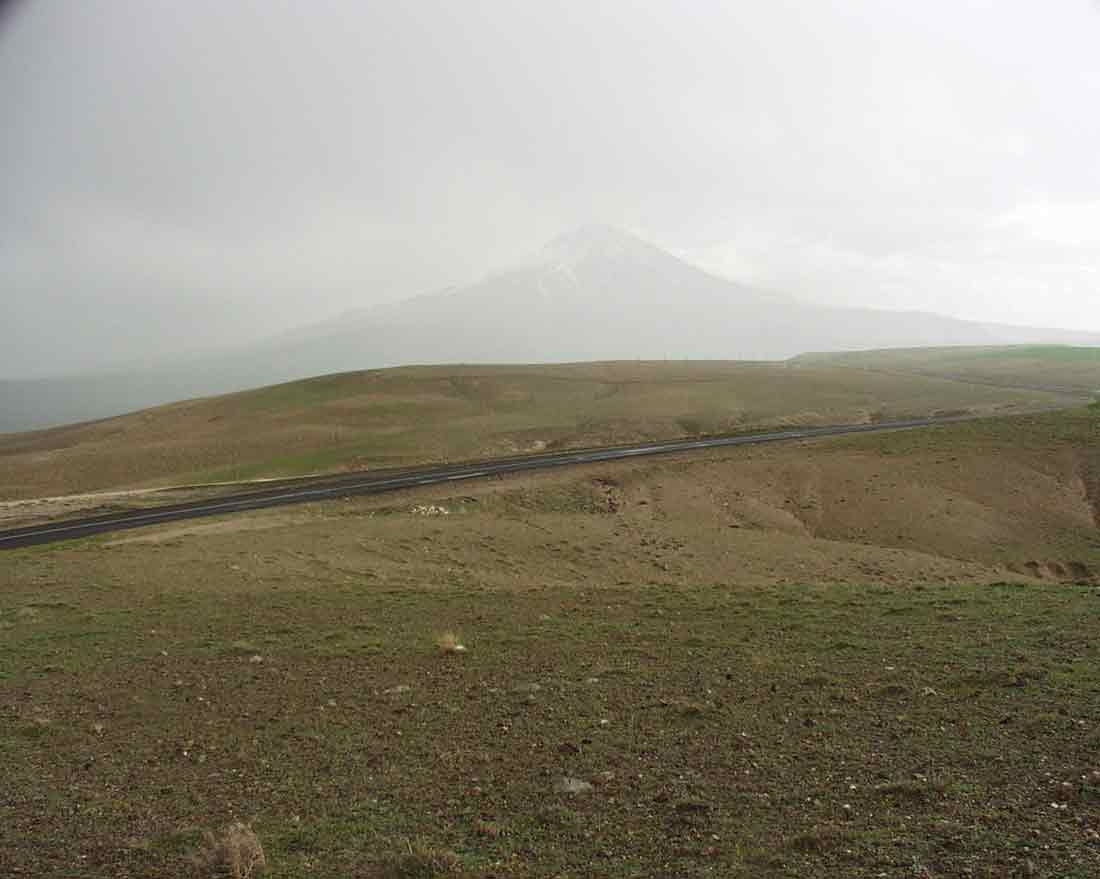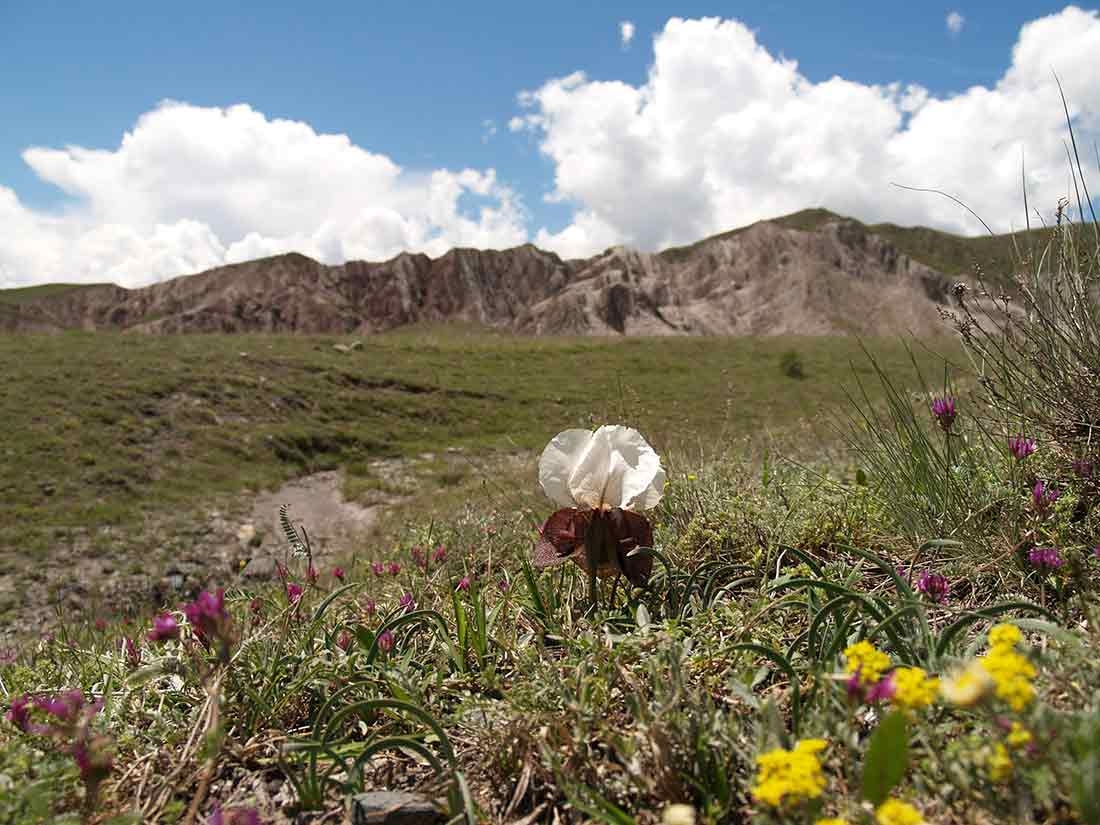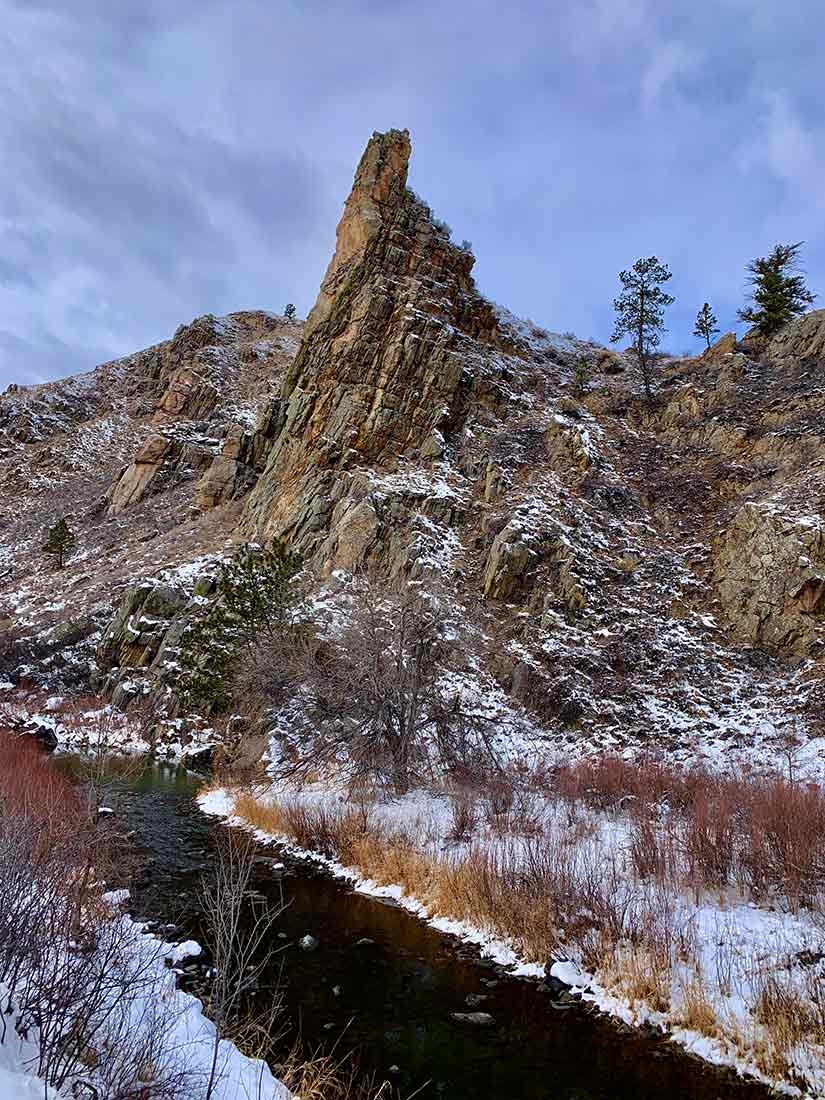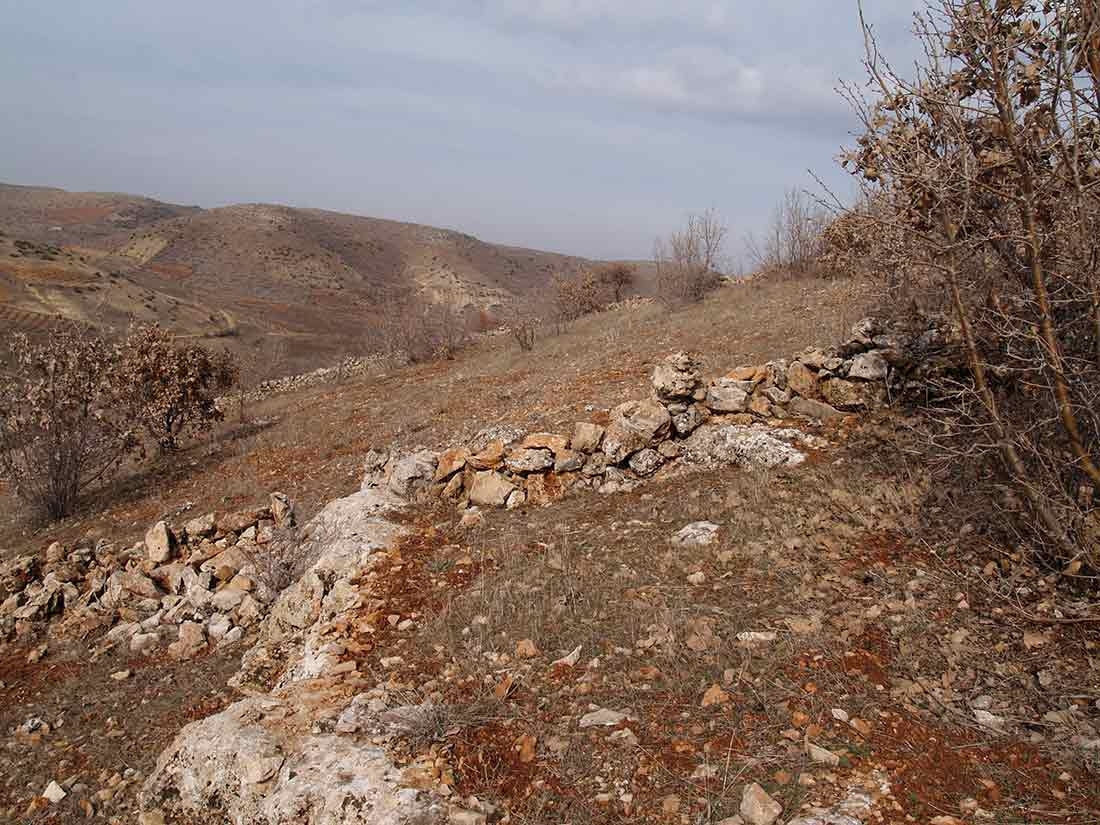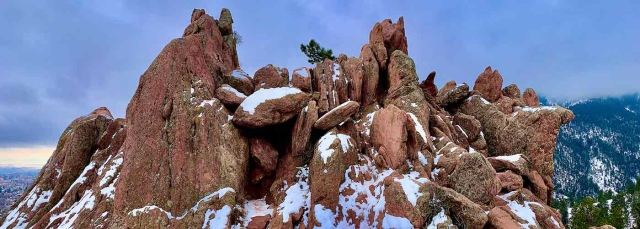Rooted in Stone: The Interplay of Geology and Plant Diversity in Steppe Landscapes
Symposium – Friday, July 12, 8:30 a.m. – 4 p.m.
Offsite Field Trips to Sandstone Ranch – Saturday, July 13, 8 a.m. – noon or 11 a.m. – 3 p.m.
From deep shale formations to protruding igneous extrusions, the geology and soils of the steppes are remarkably diverse. This intricate mineral mosaic serves as the catalyst for a flourishing flora, with far-reaching implications spanning from plant conservation to the world of home gardening.
This symposium is open to all. Join us at the 2024 Global Steppe Symposium as we traverse this rocky terrain and immerse ourselves in the captivating connection between geology and the vibrant tapestry of plant life that graces the steppes.
Where plants grow is a direct result of the soils they are in. Exploring this intersection will help us all understand how to be successful in our gardens as well as give us a better understanding of what we encounter in the natural world.
Register for the Steppe Symposium on July 12
Register for 8 a.m. Field Trip on July 13
Register for 11 a.m. Field Trip on July 13
Speakers and Topics
The Geology of Colorado’s Front Range: A Tapestry
Bob Raynolds
Presentation on the diversity of the geology of the front range, including eastern Colorado, red rocks, shale formations, limestone and sand beds.
The Sandsage Prairie Ecological System: Biodiversity Hotspot for the Great Plains
Jim Locklear
Sandsage prairie is a shrub-steppe ecological system of the Great Plains of North America in which sand sagebrush (Artemisia filifolia) is the dominant and diagnostic element. Learn about the dune fields within which sandsage prairie occur, the distinct biodata they possess and more about these highly dynamic habitats.
Driven by Geology: Wild Steppe Solutions for Unique Garden Soils
Mike Bone and Kevin Williams
Join Mike Bone and Kevin Williams of Denver Botanic Gardens’ Horticulture Department as they explore the naturally occurring plant communities associated with a variety of common Front Range soils and discuss strategies to translate these ecosystems into beautiful, resilient home gardens, reflective of our unique Colorado landscapes.
Plants of the Patagonian Steppe and Their Potential in Breeding for Steppe Climates
Dr. Maria Silvina Soto and Ariel Mazzoni
For more than 25 years, the National Institute of Agricultural Technology (INTA) has been studying the native plant genetic resources of Argentina for potential ornamental use. Through genetic breeding programs, new commercial varieties have been developed and introduced into the international floriculture market. Since 2015, INTA and Denver Botanic Gardens have been carrying out a research project that explores the Patagonia Argentinian native vegetation with the possibility of use as ornamental plants, and their adaptability to cultivation in Denver.
Nezahat Gökyiğit Botanik Bahçesi (NGBB): A unique botanic garden in a motorway intersection in Istanbul
Dr. Adil Güner
NGBB was established in 1995 as a memorial park and became a botanic garden in 2003. It is situated in a busy motorway intersection in a densely populated area in Istanbul. The botanic garden became the headquarter of a new illustrated Flora. Türkiye has rich flora for around 10,000 species, of which a third of these endemic. Anatolian steppes contribute the richness of the flora. NGBB has a small representative of Central Anatolian steppes.
Contact us at adult.programs@botanicgardens.org with questions.
Gallery
